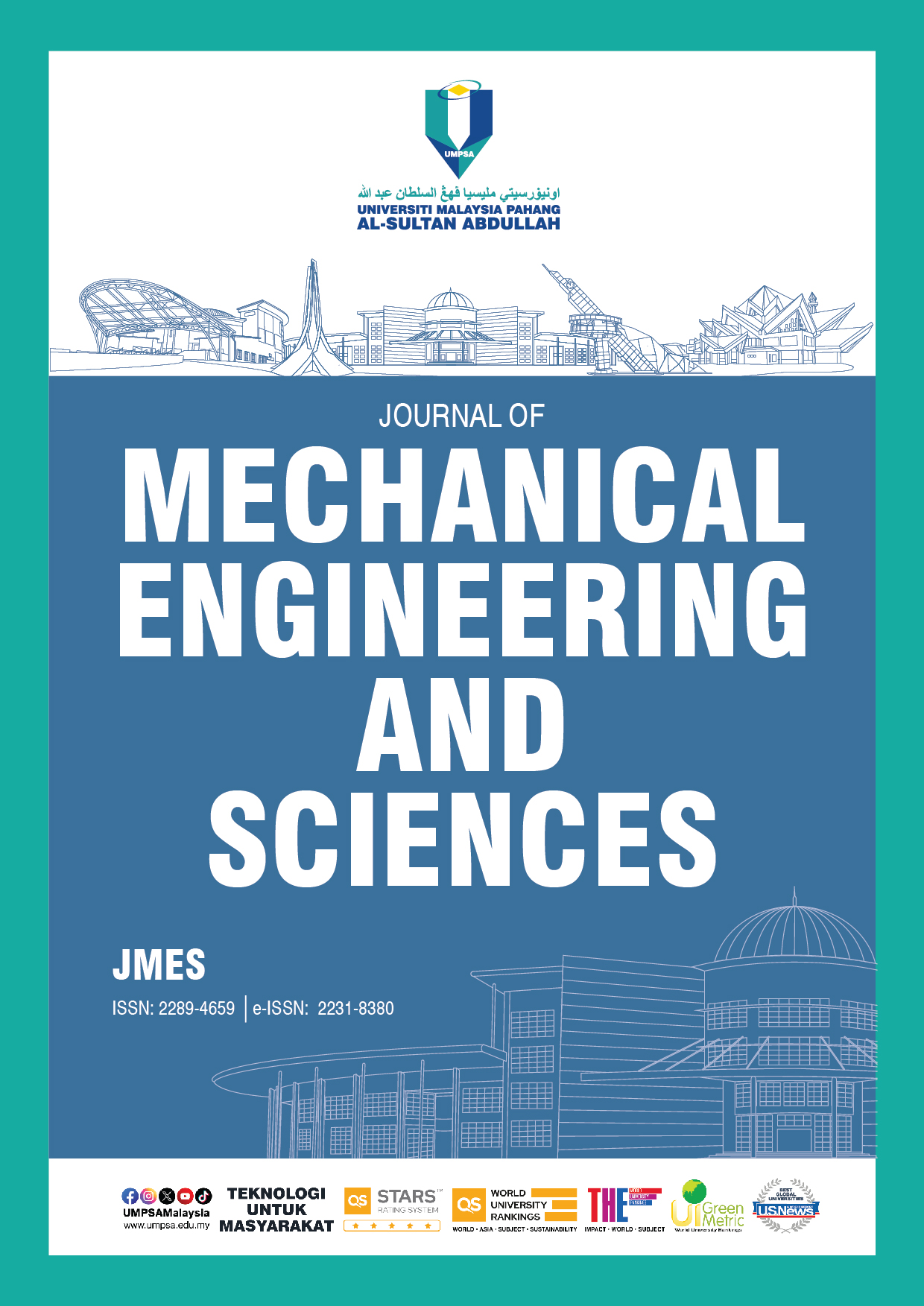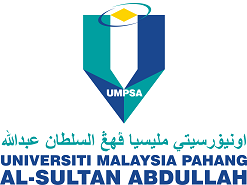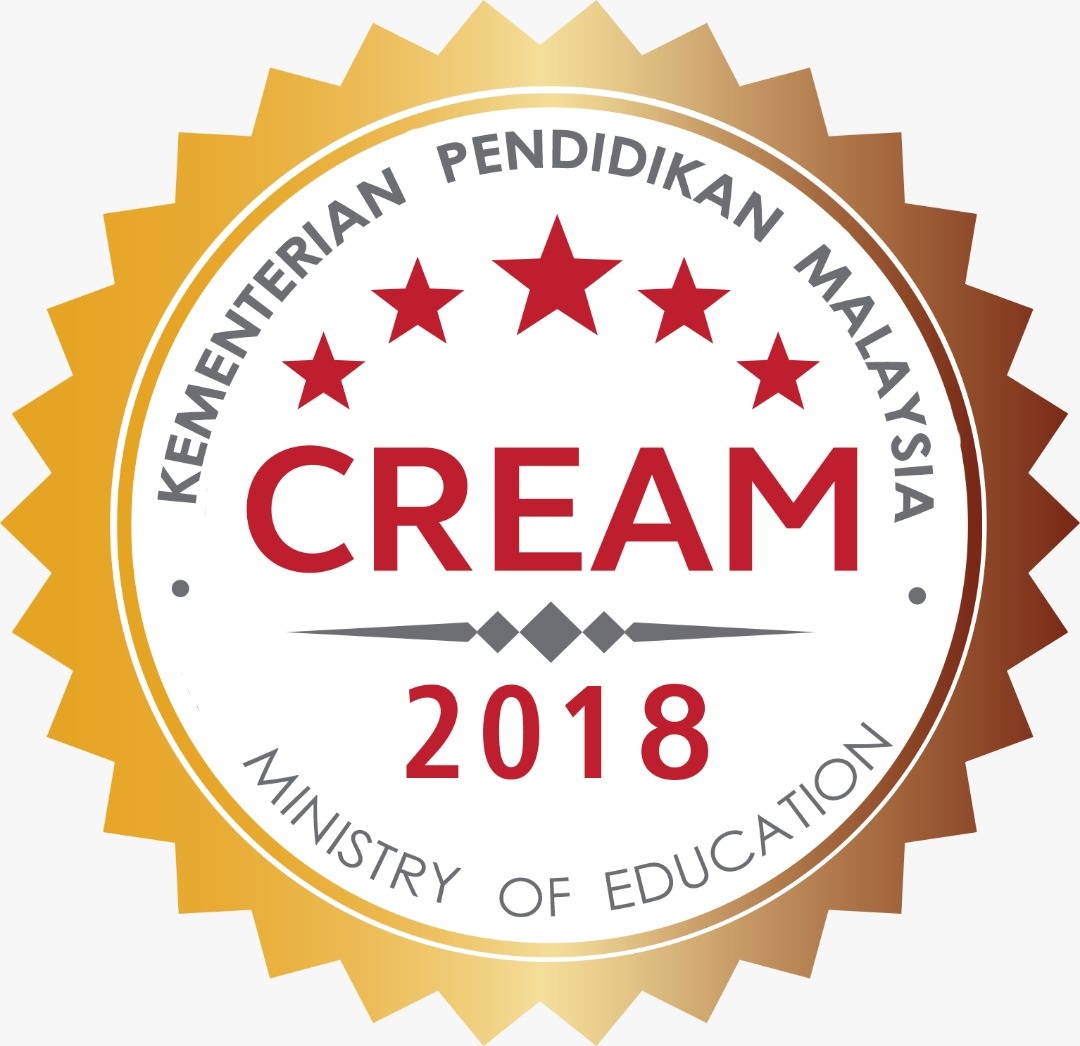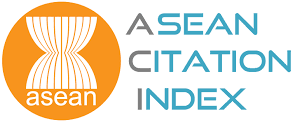The impact of the wall insulation material and variable refrigerant flow system on building energy consumption and cost
DOI:
https://doi.org/10.15282/jmes.17.1.2023.8.0742Keywords:
Insulation, VRF, EnergyPlus, EnergySaving, CostSaving, PayBackAbstract
The use of VRF system and insulation in building envelope are both considered as promising option to reduce energy consumption of a building. This study analysis energy saving potential of VRF system and building insulation using modelling and simulation of a typical office building. The model office building is simulated with the weather of Hyderabad, Sindh, Pakistan using EnergyPlus building simulation software. The simulation cases include conventional and VRF air conditioning systems with and without insulation to evaluate and compare the annual cooling and energy savings and payback period. Results showed that by replacing conventional air conditioner with VRF AC electrical power can be reduced by 42-45%. It is also noted that Cellulose, expanded polystyrene, extruded polystyrene and polyurethane insulations can save around 49.5, 51.4, 51.6, and 54.54% of electricity, respectively. In the case VRF air conditioner used with Cellulose, expanded polystyrene, extruded polystyrene and polyurethane insulation may reduce electricity consumption by 66.5, 67.4, 67.5 and 68.9 %, respectively. The payback period varies from 7 to 15 months. However, cellulose with VRF air conditioner has the least payback period of around 7 months. The longest payback period of around 15 months was noted for the un-insulated office building with VRF air conditioner. Despite having longer payback period, the combination of polyurethane insulation with VRF air conditioning system is the most efficient combination.
References
V. Harish and A. Kumar, “A review on modeling and simulation of building energy systems,” Renewable and Sustainable Energy Reviews, vol. 56, pp. 1272–1292, 2016.
K. Allen, K. Connelly, P. Rutherford, and Y. Wu, “Smart windows—Dynamic control of building energy performance,” Energy and Buildings, vol. 139, pp. 535–546, 2017.
R. Galvin, “Thermal upgrades of existing homes in Germany: The building code, subsidies, and economic efficiency,” Energy and Buildings, vol. 42, no. 6, pp. 834–844, 2010.
J. C. Creyts, “Reducing US greenhouse gas emissions: how much at what cost? US greenhouse gas abatement mapping initiative,” McKinsey & Company, Technical Report, 2007.
D. H. W. Li, J. C. Lam, and S. L. Wong, “Daylighting and its implications to overall thermal transfer value (OTTV) determinations,” Energy, vol. 27, no. 11, pp. 991–1008, 2002.
Z. Xue and Y. Jiang, “Energy consumption and energy saving potential analysis for large-scale public buildings in Beijing,” Heating Ventilating & Air Conditioning, vol. 34, no. 9, pp. 8–10, 2004.
M. S. Al-Homoud, “Performance characteristics and practical applications of common building thermal insulation materials,” Building and Environment, vol. 40, no. 3, pp. 353–366, 2005.
K. A. Al-Sallal, “Comparison between polystyrene and fiberglass roof insulation in warm and cold climates,” Renewable Energy, vol. 28, no. 4, pp. 603–611, 2003.
D. Kumar, M. Alam, P. X. W. Zou, J. G. Sanjayan, and R. A. Memon, “Comparative analysis of building insulation material properties and performance,” Renewable and Sustainable Energy Reviews, vol. 131, p. 110038, 2020.
L. Aditya et al., “A review on insulation materials for energy conservation in buildings,” Renewable and Sustainable Energy Reviews, vol. 73, pp. 1352–1365, 2017.
Y. Sun, R. Wilson, and Y. Wu, “A review of transparent insulation material (TIM) for building energy saving and daylight comfort,” Applied Energy, vol. 226, pp. 713–729, 2018.
S. Wan, G. Ding, G. Runeson, and Y. Liu, “Sustainable buildings’ energy-efficient retrofitting: A study of large office buildings in Beijing,” Sustainability (Switzerland), vol. 14, no. 2, p. 1021, 2022.
E. M. Erebor, E. O. Ibem, I. C. Ezema, and A. B. Sholanke, “Energy efficiency design strategies in office buildings: A literature review,” in IOP Conference Series: Earth and Environmental Science, vol. 665, no. 1, p. 012025, 2021.
J. Lee, J. Kim, D. Song, J. Kim, and C. Jang, “Impact of external insulation and internal thermal density upon energy consumption of buildings in a temperate climate with four distinct seasons,” Renewable and Sustainable Energy Reviews, vol. 75, pp. 1081–1088, 2017.
P. Lopez Hurtado, A. Rouilly, V. Vandenbossche, and C. Raynaud, “A review on the properties of cellulose fibre insulation,” Building and Environment, vol. 96, pp. 170–177, 2016.
Y. Dong, J. Kong, S. Mousavi, B. Rismanchi, and P.-S. Yap, “Wall insulation materials in different climate zones: A review on challenges and opportunities of available alternatives,”Thermo, vol. 3, no. 1, pp. 38–65, 2023.
R. Saab and M. I. H. Ali, “Variable-refrigerant-flow cooling-systems performance at different operation-pressures and types-of-refrigerants,” Energy Procedia, vol. 119, pp. 426–432, 2017.
W. M. Elzanati and S. Y. Ameen, “Cost effective air-conditioning for Bahrain domestic applications,” in 7th IEEE GCC Conference and Exhibition,Nov. 17 –20, Doha, Qatar, pp. 535–540, 2013.
M. B. Yurtseven, E. Erkin, E. Acuner, S. Mete, and S. Onaygil, “An experimental investigation of energy saving potentials for room type variable-speed air conditioners in public offices: A case study from Istanbul,” Energy and Buildings, vol. 68, pp. 165–171, 2014.
H. Wan, T. Cao, Y. Hwang, and S. Oh, “A review of recent advancements of variable refrigerant flow air-conditioning systems,” Applied Thermal Engineering, vol. 169, p. 114893, 2020.
T. N. Aynur, “Variable refrigerant flow systems: A review,” Energy and Buildings, vol. 42, no. 7, pp. 1106–1112, 2010.
G. Atallah and F. Tarlochan, “Comparison between variable and constant refrigerant flow air conditioning systems in arid climate: Life cycle cost analysis and energy savings,” Sustainability (Switzerland), vol. 13, no. 18, p. 10374, 2021.
H. Huang et al., “Optimum insulation thicknesses and energy conservation of building thermal insulation materials in Chinese zone of humid subtropical climate,” Sustainable Cities and Society, vol. 52, p. 101840, 2020.
Downloads
Published
Issue
Section
License
Copyright (c) 2023 Universiti Malaysia Pahang Publishing

This work is licensed under a Creative Commons Attribution 4.0 International License.






